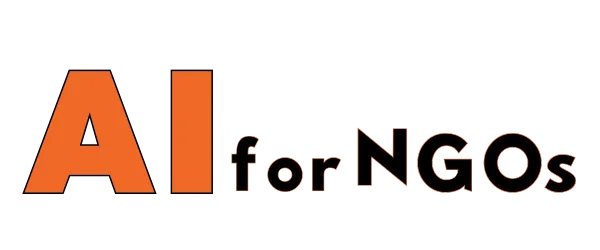In today’s digital age, non-profit organizations face many challenges when it comes to reaching and engaging with global audiences. Limited resources, language barriers, and cultural differences can all make it difficult for non-profits to connect with people around the world. However, with the help of artificial intelligence (AI), non-profits are breaking down these barriers and expanding their reach like never before.
AI-Powered Translation and Localization
One of the biggest challenges non-profits face when trying to reach a global audience is language barriers. AI-powered translation tools can help non-profits easily translate their content into multiple languages, making it accessible to people all over the world. AI can also help non-profits localize their content by adapting it to fit the cultural norms and preferences of different regions.
Personalized Outreach and Engagement
AI technology can analyze data from global audiences to create personalized outreach strategies. Non-profits can use AI-powered tools to segment their audiences and deliver targeted messages that resonate with specific groups of people. This personalized approach can help non-profits engage with a wider range of stakeholders and build more meaningful relationships with their supporters.
Automation and Efficiency
AI-powered automation tools can help non-profits streamline their operations and increase efficiency. From managing donor relationships to processing payments, AI can automate repetitive tasks and free up time for non-profit staff to focus on more strategic initiatives. This increased efficiency allows non-profits to reach more people and make a greater impact with their limited resources.
Real-Time Data and Analytics
AI technology can provide non-profits with real-time data and analytics to help them make better decisions. By analyzing data on donor behavior, website traffic, and social media engagement, non-profits can track their performance and adjust their strategies in real-time. This data-driven approach helps non-profits optimize their campaigns and maximize their impact on a global scale.
Conclusion
Artificial intelligence is revolutionizing the way non-profits reach and engage with global audiences. By breaking down language barriers, personalizing outreach efforts, increasing efficiency, and providing real-time data and analytics, AI is helping non-profits make a greater impact on a global scale. As AI technology continues to evolve, non-profits will have even more tools at their disposal to reach and engage with people around the world.
FAQs
Q: How can AI help non-profits overcome language barriers?
A: AI-powered translation tools can help non-profits easily translate their content into multiple languages, making it accessible to people all over the world.
Q: How can non-profits use AI to personalize their outreach efforts?
A: Non-profits can use AI-powered tools to analyze data from global audiences and create personalized outreach strategies that resonate with specific groups of people.
Q: What are some examples of AI-powered automation tools that non-profits can use?
A: AI-powered automation tools can help non-profits streamline operations such as managing donor relationships, processing payments, and tracking performance metrics.
Q: How can AI technology provide real-time data and analytics to non-profits?
A: AI technology can analyze data on donor behavior, website traffic, and social media engagement to provide non-profits with real-time insights that help them optimize their campaigns and maximize their impact.









